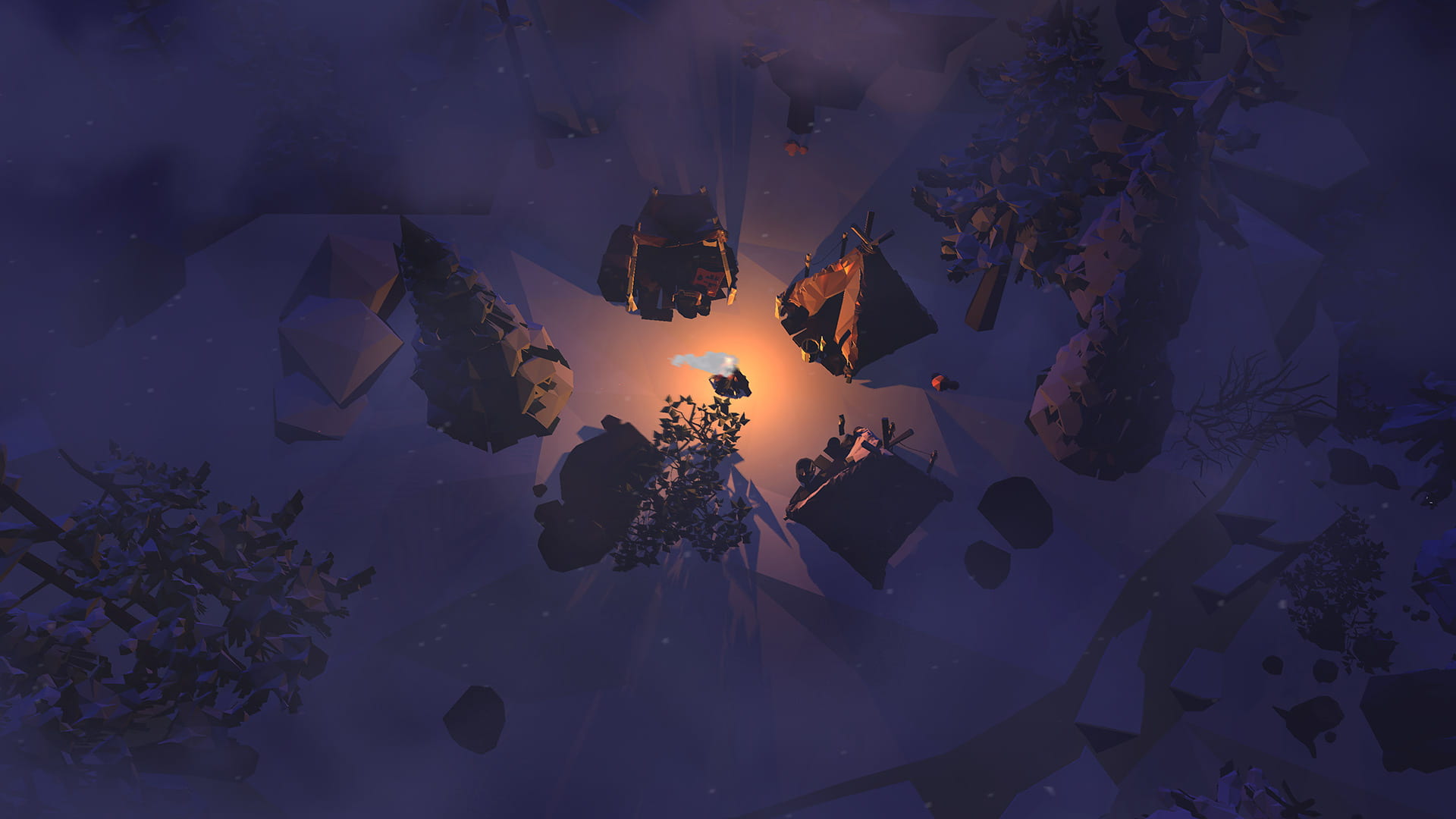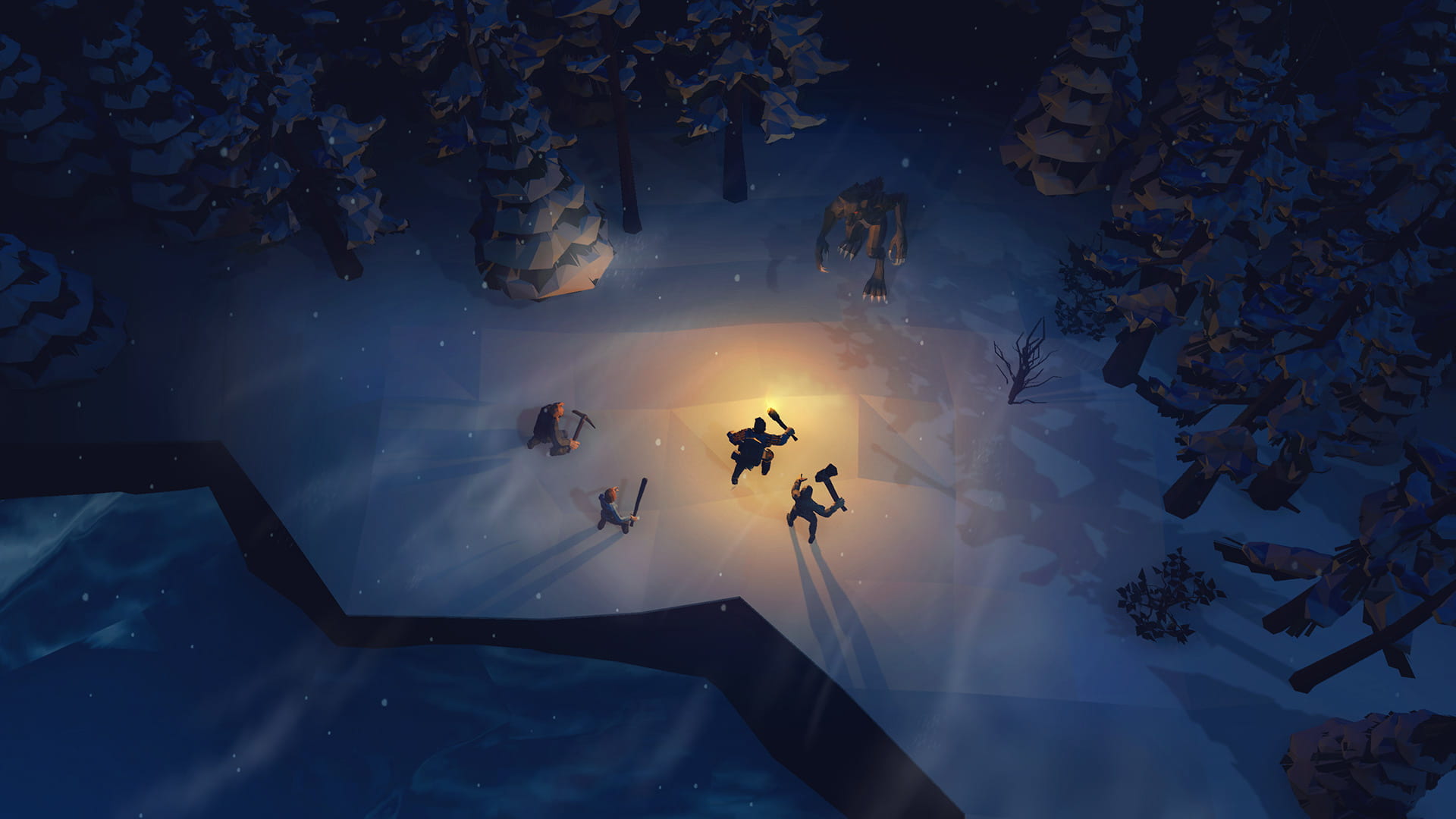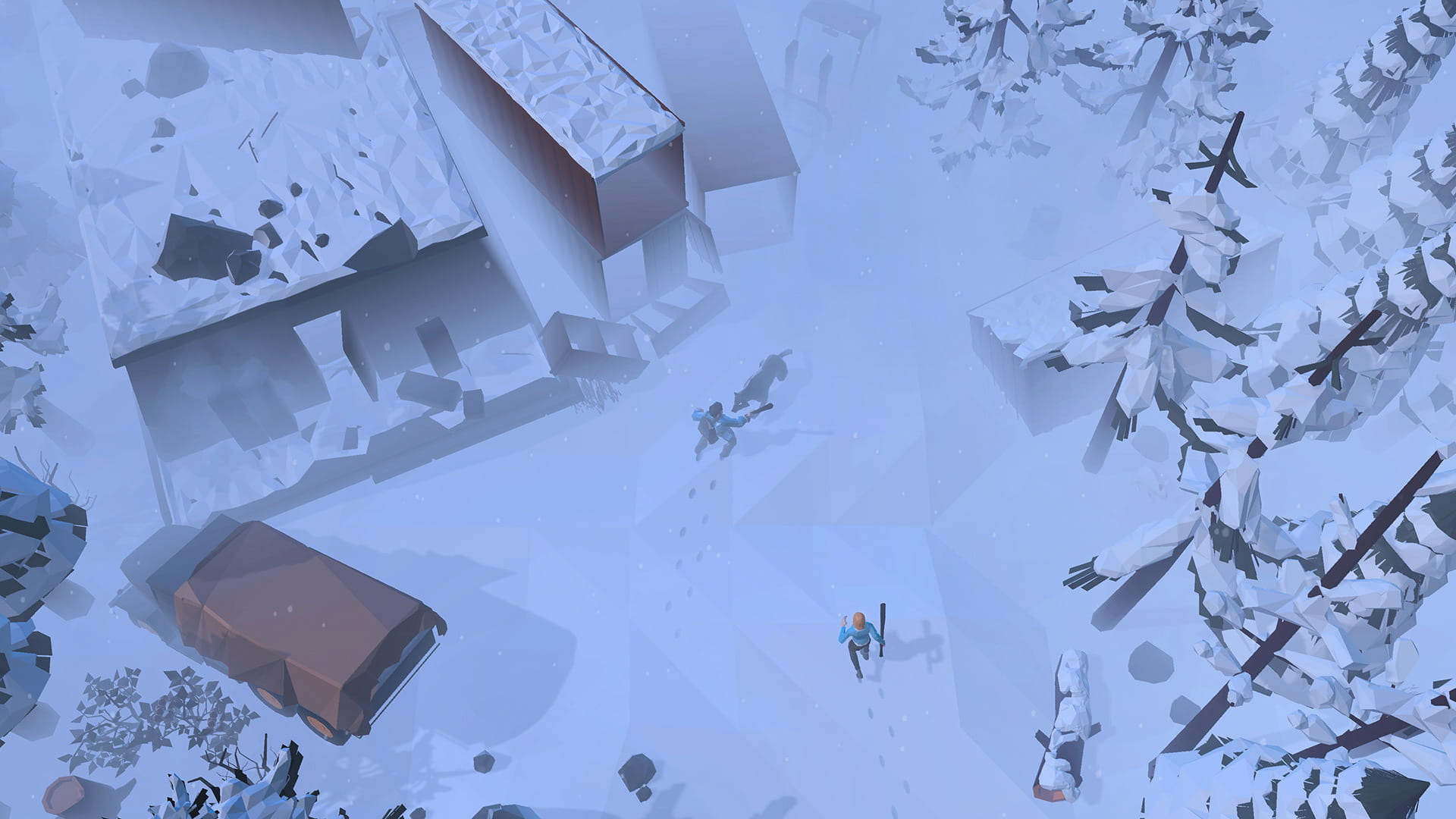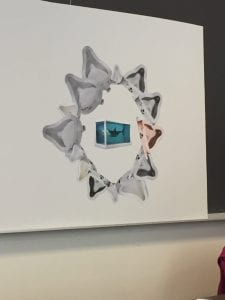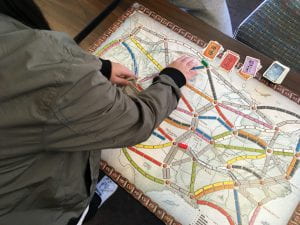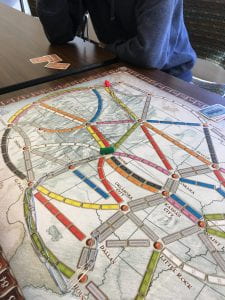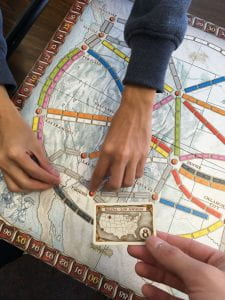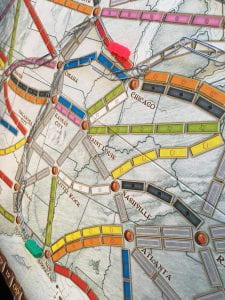Abzu
Available here: http://www.abzugame.com
“ABZÛ is an epic descent into the depths of the sea, where players will explore beautifully rendered ocean environments with fluid swimming controls. The experience draws inspiration from the deep innate narrative that we all carry within our subconscious: the story of ABZÛ is a universal myth that resonates across cultures. The name references a concept from the oldest mythologies; it is the combination of the two ancient words AB, meaning ocean, and ZÛ, meaning to know. ABZÛ is the ocean of wisdom.”
The End of Us
(Has no correlation with The Last of Us)
Available here: http://www.the-end-of-us.com
This game portrays the idea of friendship and sacrifice, and does so in a unique and abstract way.
“As you grow and age and eventually start to fade alongside your friend, you come upon an asteroid belt that chips away at both of you. Your final (only?) choice in the game is who will take the fall, and who will have to suffer a solo existence after.”
Dark Echo
Available here: http://www.darkechogame.com
In order to progress through the game, you must narrate the space using sound. As the game progresses, the rooms become more difficult to navigate, and other obstacles are thrown into the space. Can you make it out alive?

